
Contact
Prof. Themis Prodromakis
University of Edinburgh
Room 1.25, Murchison House, University of Edinburgh
Email: t.prodromakis@ed.ac.uk
Research Field and Activities
Dr. T. Prodromakis is a Professor in Nanotechnology an EPSRC Fellow within the Nanoelectronics & Nanotechnology Group, ECS, University of Southampton. He is leading an interdisciplinary team comprising 20 researchers with expertise ranging from materials/process development and characterization to electron devices and circuits and systems for embedded applications. He contributes ~10 invited talks per year and has organized and chaired inaugural conferenced in memristor technologies: IEEE CAS-FEST 2014, MEMRYSIS 2017. He is members of four international committees, the IEEE Nanotechnology Council and contributes in shaping the International Technology Roadmap for Semiconductors (ITRS) as member of the SRC emerging research devices working group. He has co-authored > 150 papers, filled 10 patents and started up ArC Instruments Ltd, which hast succeeded in being profitable (with no upfront investments) by selling memory characterization tools to global businesses, standards organizations and leading research groups. He is also the Director of the Lloyds Register Foundation International Consortium for Nanotechnology (ICoN: www.lrf-icon.com), a global initiative that brings together > 50 doctoral student across geographical and discipline boundaries for building a safe world with nanotechnologies. He also serves as an 100A1 ambassador for the Lloyds Register Foundation. In 2017, he received a Royal Society Fellowship with GSK for exploiting memristive technologies for emerging neural interfaces.
